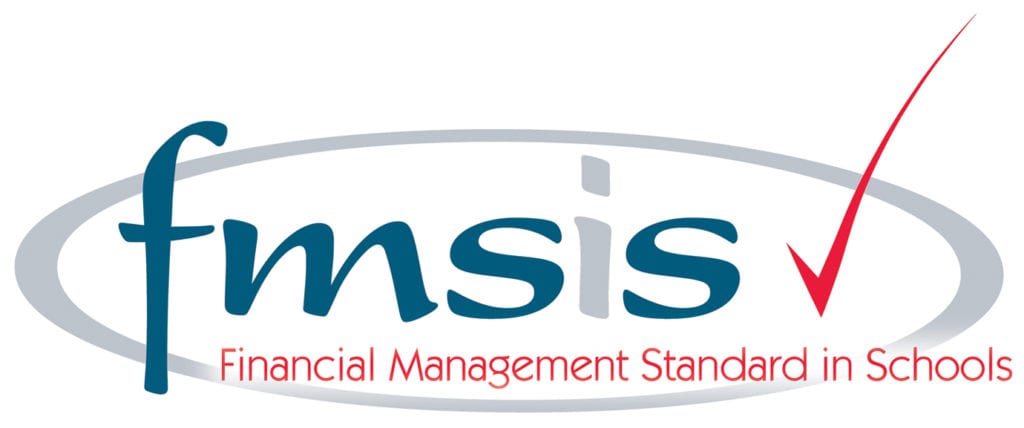How to help at home (Oxford Owl)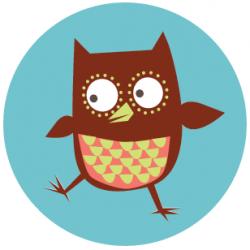
There are lots of ways you can help your child with handwriting. Here are our top ideas.
1. Practise getting ready to write
Make sure your child has a straight-backed chair to sit on and a table/desk at the right height for sitting to write or do homework.
If your child is left handed, encourage them to hold their pencils far enough away from the point to allow them to see what they are writing. For right-handers a tripod grip is generally accepted as the most efficient way of holding a pen or pencil, and it works well for left-handers too.
Take a look at the diagrams below for instructions on the tripod grip for both left-handers and right-handers.
Tripod grip for left-handers
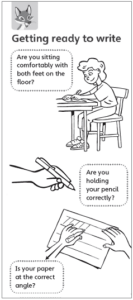
Tripod grip for right-handers
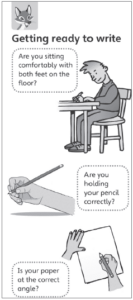
2. Check handwriting style
At Horndale we follow Read Write Inc. and teach the children to form letters using rhymes to help them develop the correct formation. Consistency is essential at this stage, so it is important not to correct something that you think is an error but that is actually part of the style your child is learning.
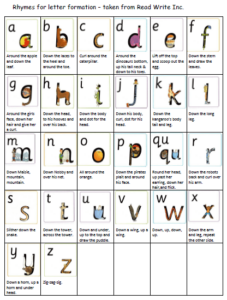
3. Make time to write
Create opportunities for your child to practise handwriting. For example, ask them to write a message in a greetings card or suggest that they add words or labels to their pictures. Help them to make a sign for their bedroom or a helpful notice for somewhere else in the house.
How to help your Year 2 child at home (Oxford Owl)
There are lots of ways you can help your Year 2 child with handwriting. Here are our top ideas.
1. Create a book
Give your child the chance to make their very own book! Fold a few sheets of paper in half and staple down the length of the fold. Suggest that they fill it with their own story and pictures. It could be based on one of their favourite stories.
Alternatively, they could make a non-fiction book about something they are interested in, using photos if they don’t like drawing. If this seems daunting, suggest they make a scrap book and write labels and notes next to the things they collect.
2. Get crafty
Continue to encourage your child to draw, colour, paint, and do crafting activities at home using a range of different materials. These activities all provide opportunities to develop control, fine motor skills, and hand-eye coordination.
3.Check handwriting style
By the end of Year 2, the children are expected to use joined handwriting in the cursive style.
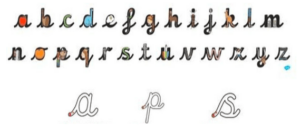
4. Make time to write
Encourage your child to keep a diary, writing a sentence or two for every day. They might feel more enthusiastic about this idea if you let them decorate and personalise a plain notebook to make it their own.





